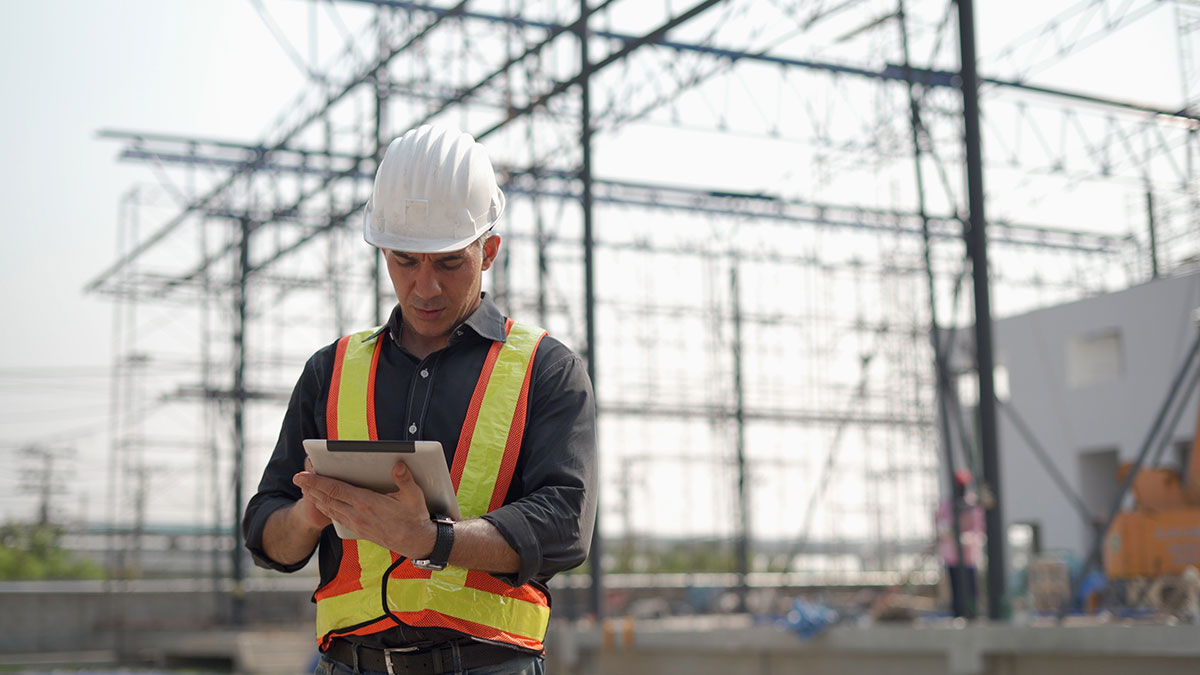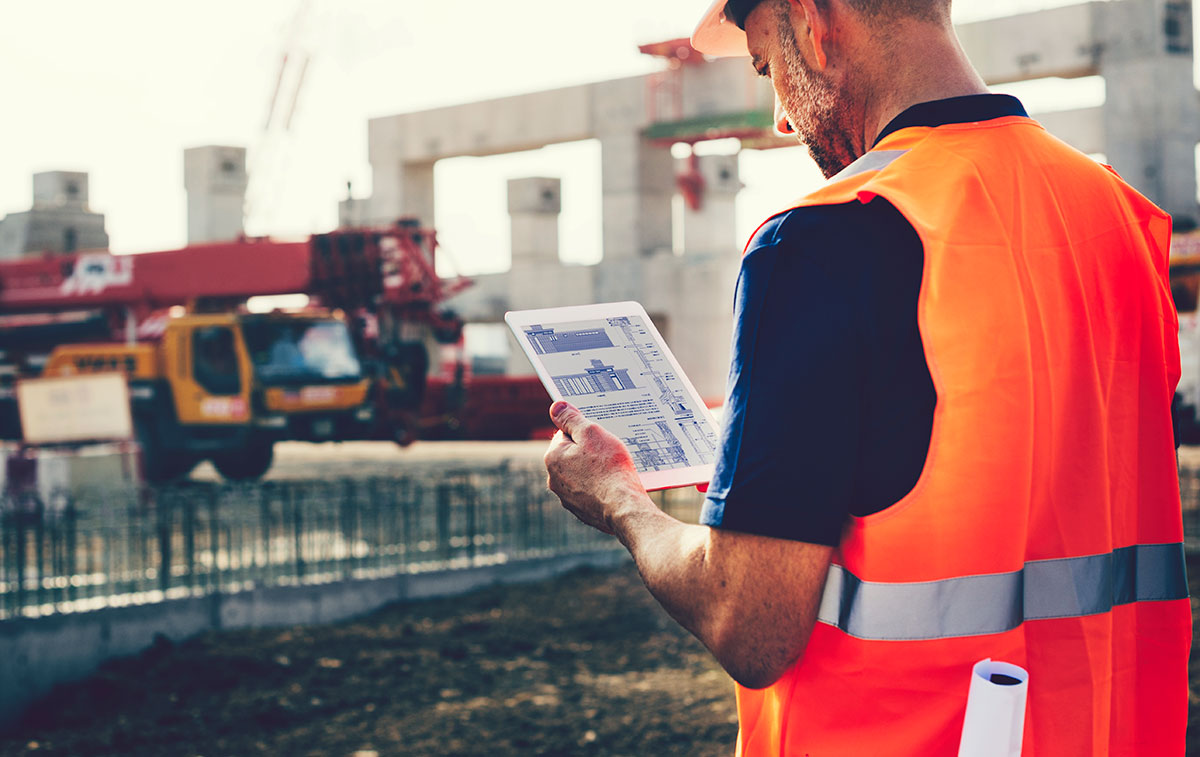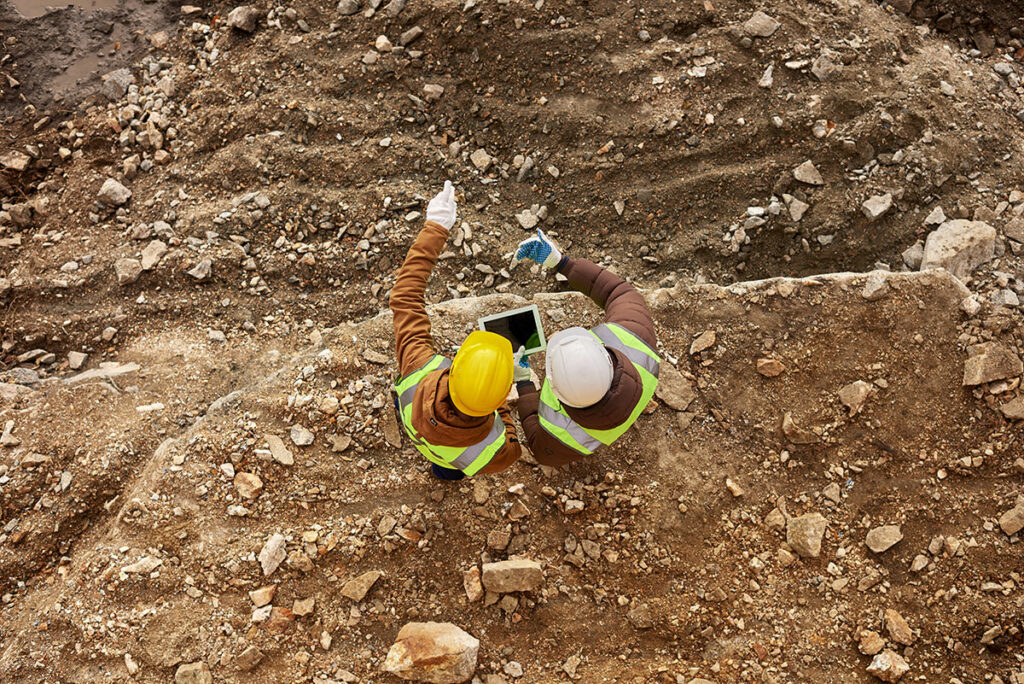

Constructioneering allows engineers to work with an accurate 3D model of existing construction site conditions. These models are thereby processed into engineering-ready 3D reality meshes. With the help of latest technologies such as cloud computing, the engineers’ work is directly conveyed to the construction processes in the field. This leads to better coordination between the teams and consequently better outcomes.
In traditional workflows, data in the digital engineering models is often not only lost but also inefficiently recreated between design and construction. Constructioneering enables the stakeholders to overcome these inefficiencies by providing seamless integration for constructible models. These models provide real-time updates and offer data exchange, leading to enhanced efficiency and reduction in cost.
In construction projects, when a design is handed over to the next stage, such as from designer to builder or builder to asset manager or owner, a large amount of data is passed on. To ensure that the information and design is accurate and up-to-date, often a lot of rework is required. This mainly happens because the projects are delivered in 2D construct and design PDF and then the design model for construction are created and put it into another format for the asset managers. This process involves a lot of data remediation and rework.
Constructioneering is a path towards working more efficiently, towards automating workflows. In view of the growing demand for infrastructure project delivery globally against finite resources including an aging construction workforce, ‘going digital’ becomes necessary. In these times, adoption of constructioneering can significantly make the work of surveyors, engineers, and constructors automated and more valuable throughout the project lifecycle.
Constructioneering has the capacity to make infrastructure projects more lucrative. However, it remains a challenge to motivate and empower the historically conservative engineering and contracting firms to adopt the going digital approach including constructioneering.

Constructioneering allows combining different methods of surveying as the data collected using different means can be clubbed into one model. For instance, for a big road construction project, the data capture can happen through traditional surveying tools as well as drones. Putting constructioneering in place, all the data collected through different methods of surveying can be combined into one model.
Constructioneering, which is a sub-activity in BIM strategies, helps the industry overcome the difficulties in sharing information between different phases of a project. It allows sharing of project information through a connected data environment (CDE). CDE allows handing over of information from the designer to constructor to asset managers as one complete package.
Constructioneering is all about breaking down the inefficiencies of transferring information between engineers and construction contractors. It helps in filling the gaps.
With constructioneering, it is possible to send the 3D constructible model to an active project site. This enhanced connectivity between the model and the assets on site enables the project designers and constructors to have a clear and accurate design of the project in real-time. This also helps in regular quality checking during the project lifecycle.

By providing seamless connection between data and workflows, constructioneering enables all stakeholders to have more transparency during the construction process. Constructioneering allows every stakeholder to give input and understand what’s going on. A connected environment allows stakeholders to easily point out why something in the design may have changed. As the change is captured over time, it becomes easier to understand why and how the deviations occurred between the design and the final project. This information can help the contractors to improve their delivery in the future.
The construction industry is one of the least automated industries in the world. It is extremely segmented as the stakeholders often work in their individual silos. In contrast to this individualistic approach, Constructioneering provides a holistic alternative; an overarching approach to automating the entire workflow, including all the silos, instead of just focusing on one particular area (usually the one that customers are involved with).
As new infrastructure demands increase and new challenges arise, it becomes necessary to have effective conversations between designers, engineers, and asset managers. The construction industry needs to largely diversify the way it delivers projects and constructioneering is an excellent way of pushing the industry forward. It is the right step to take if going digital has to become a widespread reality in construction.
Also Read: The Rising Era of Proptech